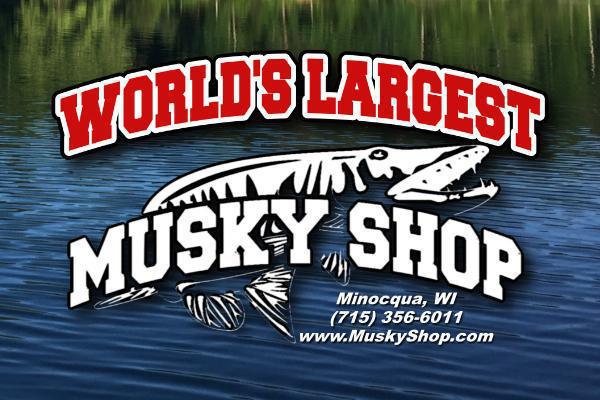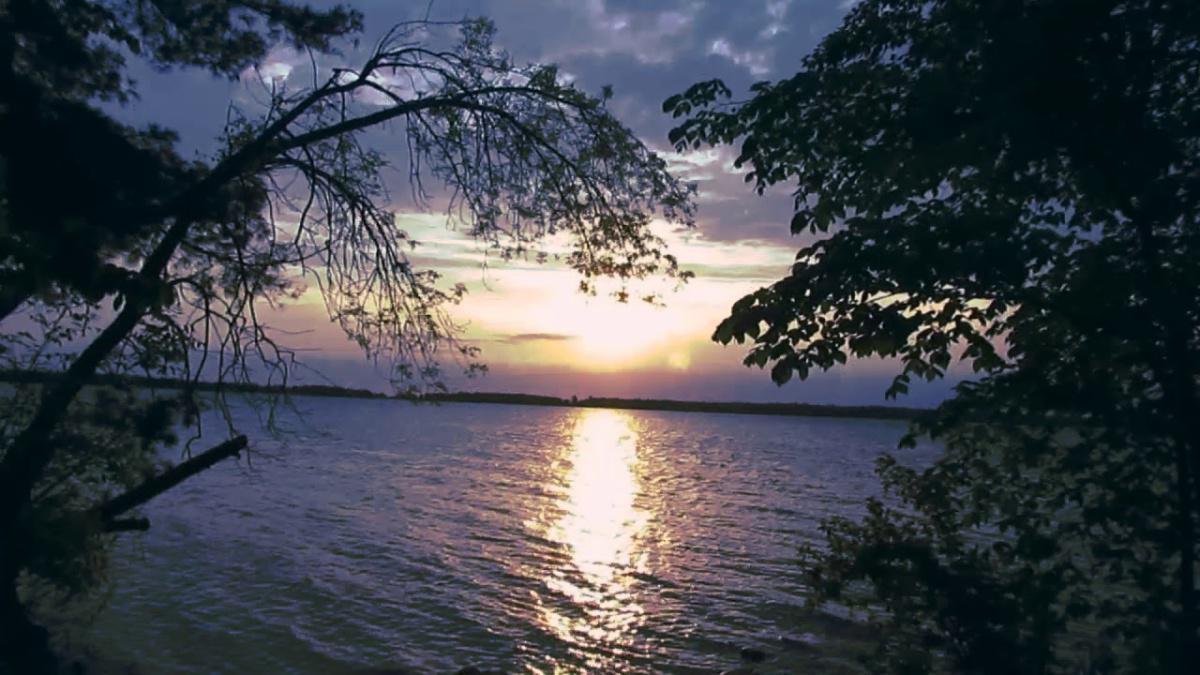With the 3rd leg of the PMTT beginning today - we thought it only appropriated to post and share some information about Leech Lake!
Leech Lake is the third largest lake in Minnesota, the fertile waters harbor some of the best muskie and walleye fishing in the Midwest. It is the source of the Leech Lake strain of spotted muskie which has been stocked throughout Minnesota.
Most of the lake is within the boundaries of both the Chippewa National Forest and the Leech Lake Indian Reservation.
A voluntary catch and release program is in effect and is aimed at preserving quality walleye fishing . It is sponsored by the Leech Lake Chamber of Commerce, North Star Sportsmen’s Club. Leech Lake Association. Leach Lake Reservation Business Committee and the Minnesota DNR.
Size & Depth
112,835 acres with a maximum depth of 156 feet in Walker Bay. The main basin east of Walker Narrows has a maximum depth of 40 feet and an average depth of 20 feet. Nearly 80 percent of the lake is less than 35 feet deep.
Water Source
Drainage lake: There are a total of 19 inlets, including Steamboat River, Kebekona River, Benedict River, Shingobee River, Boy River, Sucker Creek and Crooked Creek. The Leech Lake River outlets at the dam on the northeast side and is a tributary of the Mississippi River.
There is an annual winter drawdown of about 1 foot to accommodate spring run-off.
Shoreline
Primarily upland along the south and west sides. Large areas of bog, swamp and marsh dominate much of the north and east sides. Most upland areas are moderately developed. There are 195 miles of shoreline. Of that total, approximately 78 miles of rock/gravel/boulder shorelines are considered walleye spawning habitat.
Bottom - Glacial action created three distance areas within Leech Lake.The bays on the north and east sides (Sucker, Portage, Boy and Headquarters) are generally shallow and have gradual shoreline drop-offs. Sand and muck are the primary bottom materials. The main basin of Leech Lake contains most of the major rock reefs and bars. Areas of coarse gravel and rubble are common and provide significant walleye spawning habitat. Walker and Kebekona bays have steep drop-offs to deep water. Gravel, rubble and boulders are the significant bottom components.
Water
Fertile with moderate clarity. However, due to the lake’s irregular shape and diverse basin configuration, water clarity and temperature/oxygen profiles vary considerably from Kebekona and Agency bays can be almost twice as deep as in the main basin, Portage Bay, Sucker Bay and Trading Post Bay. these shallow bays are exposed to more wind and wave action making the water more turbid. Secchi disc readings range from 5 to 13 feet throughout the lake.
The depth of the thermocline ranges from 30 to 48 feet. However, the shallow windswept bays do not stratify. They remain well mixed, having nearly uniform temperature and oxygen levels from top to bottom. Leech Lake is classified as a hard-water walleye lake by the MDNR and the main basin is considered to be mesotrophic.
Cover
Vegetation is abundant in sheltered bays or on shorelines protected from the prevailing westerly winds. Submerged varieties include large-leaf pondweed (cabbage), coontail, milfoil and sandgrass. Several species of emergent vegetation are present around much of the shoreline. Bulrush, bur reed, wild rice and cattails are the common types.
Forage
Perch are the primary walleye and northern pike forage. Biologists believe that juvenile perch comprise 90 percent of the prey fish consumed by walleye until age two. After that, perch account for 70 percent of the fish in the walleye diet. Additionally, cisco (tullibec) are an important forage for trophy northern pike, muskie and large walleye.
Spottail shiner, mimic shiner, darters, and logperch are common. Insects, such as mayfly and midge larvae, also provide an important food source. Rusty crayfish are present as an established population.
Stocking
The Leech Lake Reservation Hatchery operates a whitefish rearing and stocking program. Currently, tribal biologists are stocking approximately 50,000 whitefish fingerling annually to augment natural reproduction. Additionally, modest state stocking of muskie fingerling occurs as a plant-back for egg taking activities.


